What careers can you pursue after an animation film school? The key opportunities in the industry.
Discover the careers available after attending an animation school like MoPA, and learn how the skills developed in a 3D Animation or Stop Motion program prepare you for a creative and evolving career.
An overview of careers available after attending an animation film school
Director or Animation Director
The director coordinates the artistic and narrative vision of a film or animated short.
Their responsibilities include:
defining the visual universe and tone of the project,
collaborating with artistic and technical teams,
approving key stages (storyboard, animatic, animation, rendering, editing).
With the rise of streaming platforms and the growing demand for original content, the role of the animation director has expanded significantly.

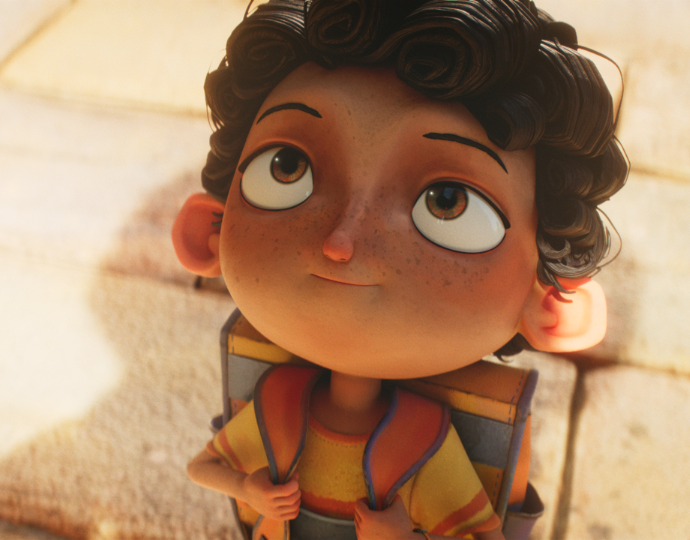
2D Animator / 3D Animator
This is one of the most iconic professions in animation. The animator brings characters, objects, and environments to life.
2D Animator
They work on productions using traditional or digital techniques (cartoons, TV series, motion design).
Key skills: posing, timing, acting, proficiency with software such as TVPaint, Toon Boom Harmony, or Photoshop.
3D Animator
They contribute to 3D films, series, video games, or commercials.
Key skills: acting, body mechanics, working with Maya, Blender, or Houdini.
Animators trained in schools such as MoPA are highly sought after in major international studios.
Discover the role of a 3D Animator
Storyboarder
The storyboard artist transforms the script into key images to prepare the visual staging.
They work on:
- shot breakdown
- composition and framing
- narrative pacing
- character expression.
It’s a crucial role, as it establishes the visual foundations of any animation project.
Discover the role of a Storyboarder

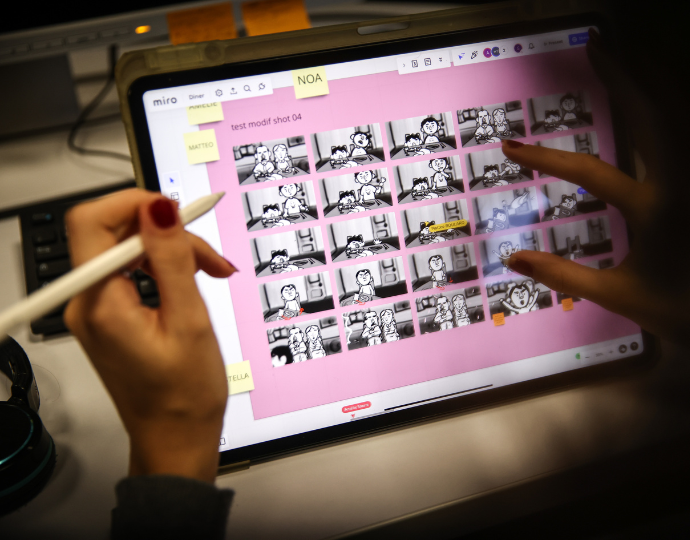
Artistic Director
The Art Director ensures the visual coherence of the work: colors, graphic styles, atmosphere, textures, and lighting.
They work closely with:
- concept artists
- modelers
- lighters
- animators
It’s a strategic creative role that requires strong artistic sensitivity and a comprehensive vision of the project.
Discover the role of an Artistic Director
Concept artist
The concept artist imagines the film's universe - its characters, environments and props.
They create reference illustrations to guide the entire production team.
Their specialties may include:
- character design
- environment design
- prop design
- moodboards and visual reasearch.
Discover the role of a Concept Artist

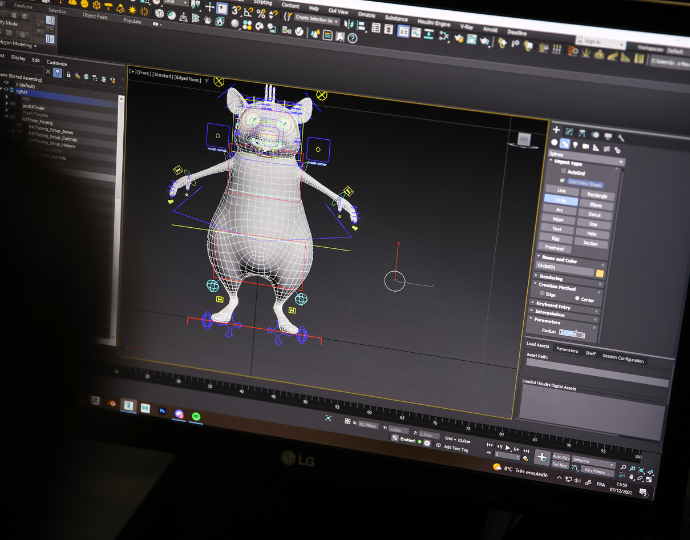
3D Modeler
The 3D modeler creates characters, sets, and objects in three dimensions.
This role requires mastery of digital sculpting (ZBrush, Blender, Maya) and a keen sense of volume and proportion.
It’s an essential step before animation or texturing.
Discover the role of 3D Modeler
Rigger (or Technical Director Rigging)
The rigger designs the skeletons and controllers that enable 3D characters to move.
This role sits at the intersection of technical skill and artistry.
Without a rig, no movement is possible — it’s one of the most in-demand roles in 3D studios.
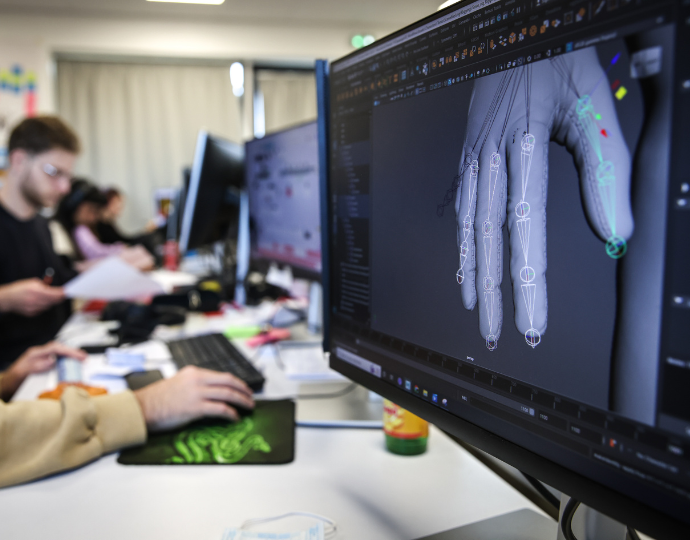
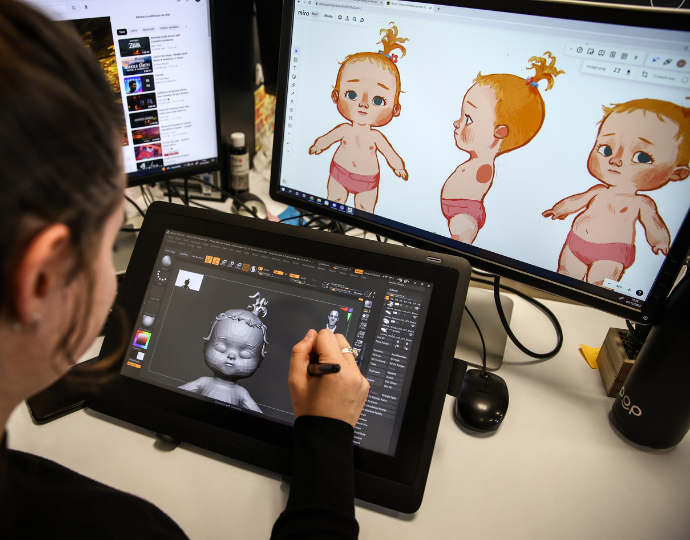
Texturing / Lookdev Artist
These artists define the final appearance of objects and characters :
- textures
- materials
- shaders
- surface details
The lookdev artist also ensures the visual consistency of the render according to the needs of the director and the art director.
Lighting Artist
Responsible for lighting in 3D scenes, the lighting artist guides the viewer’s eye and creates the atmosphere.
It’s a particularly cinematic role, where emotion is shaped through light.
Discover the role of a Lighting Artist
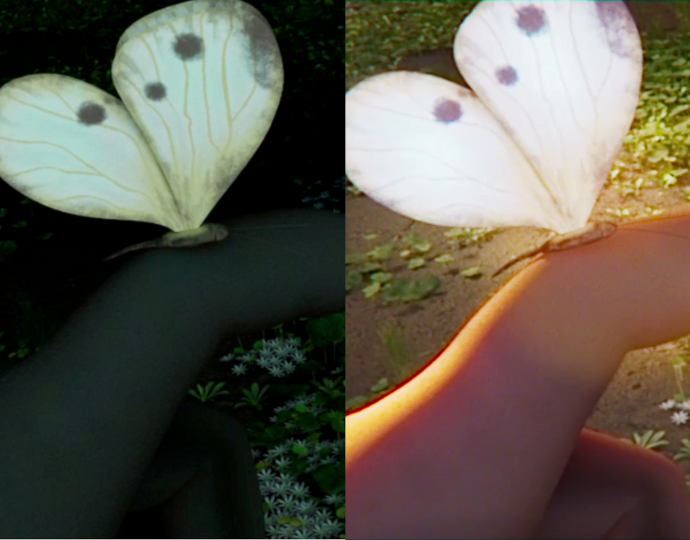

Compositing Artist
The final step in the production pipeline, compositing involves assembling all elements (3D renders, effects, matte paintings, etc.) to create the final image.
It’s a key role in animation studios, as well as in VFX.
Editor
The editor assembles sequences, manages narrative pacing, and works closely with the director.
Their role is crucial for the film’s clarity and emotional impact.
Discover the role of an Editor

To discover all the careers in animation, click here:
Pre-production Production Post-production
Why does an animation school like MoPA prepare students for these careers?
A specialized program provides:
comprehensive technical mastery of the 2D/3D pipeline
strong artistic skills
hands-on experience through professional-style projects
a strong portfolio (or showreel), essential for entering studios
a professional network, both national and international
Graduates can pursue a wide range of careers, from major animation studios to video games, advertising, or visual effects.
Explore the career paths of MoPA graduates
Animation today offers an exceptional diversity of career opportunities, whether you are drawn to art, technology, or storytelling.
After attending an animation school like MoPA, many roles are possible: director, 2D/3D animator, storyboard artist, art director, concept artist, 3D modeler, rigger, lighting artist, compositor, and many more.
This rapidly growing industry promises exciting, creative, and international careers!

 Brochure
Brochure Meet with us
Meet with us Apply
Apply